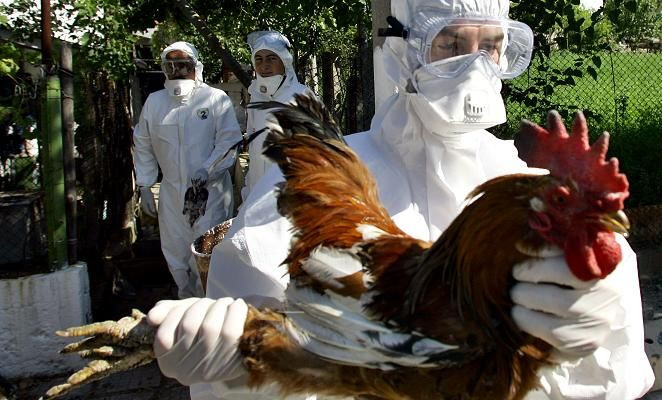WHO 'Deeply Concerned' about Risky Bird Flu Research

Amid a controversy over new bird flu research, the World Health Organization on Friday addressed scientists who have engineered a highly contagious form of the deadly H5N1 bird flu virus.
WHO said that a newly created strain of flu – which can be transmitted through the air - has significant risks and researchers should cooperate with new guidelines that were set in May, according to a statement.
The health organization said that it is “deeply concerned” about negative consequences that could come with misuses associated with this type of research.
Last week, the research from separate teams in the Netherlands and U.S. prompted an unprecedented censorship call from national security advisors who are anxious that publishing certain details of the flu research could give terrorists or assailants the knowledge of how to make a biological weapon.
WHO said in a statement that scientists should follow the rules set by the Pandemic Influenza Preparedness Framework that was established in May 2011. The guidelines encourage virus sharing between countries, collaborative research and safe scientific practices in pandemic research.
The health organization recognized that researchers whose work made headlines in December started their study before the guidelines were established, but it urges that those scientists will still abide by the new framework.
"While it is clear that conducting research to gain such knowledge must continue, it is also clear that certain research, and especially that which can generate more dangerous forms of the virus....has risks," WHO said in a comment on the controversy.
To amend these risks WHO said that all scientists doing pandemic research must abide by the framework set in May of this year.
“Such research should be done only after all important public health risks and benefits have been identified and reviewed, and it is certain that the necessary protections to minimize the potential for negative consequences are in place,” WHO said.
The H5N1 avian flu was already very deadly in people who are exposed to it from infected birds. The virus was first detected in 1997, and about half of the people who were infected have died. Scientists have found a way to make the lethal flu even more deadly by mutating it to spread more easily among mammals.
Last week the U.S. National Science Advisory Board for Biosecurity asked two journals that planned on publishing the work to only publish abridged versions of the studies, and another government advisory body is also considering calling for a temporary moratorium of all pandemic research as the global community of scientists discusses the implications of any similar research.
Some scientists and journals have protested against U.S. demands and accused the government of censorship and hindering scientific research.
Published by Medicaldaily.com



























